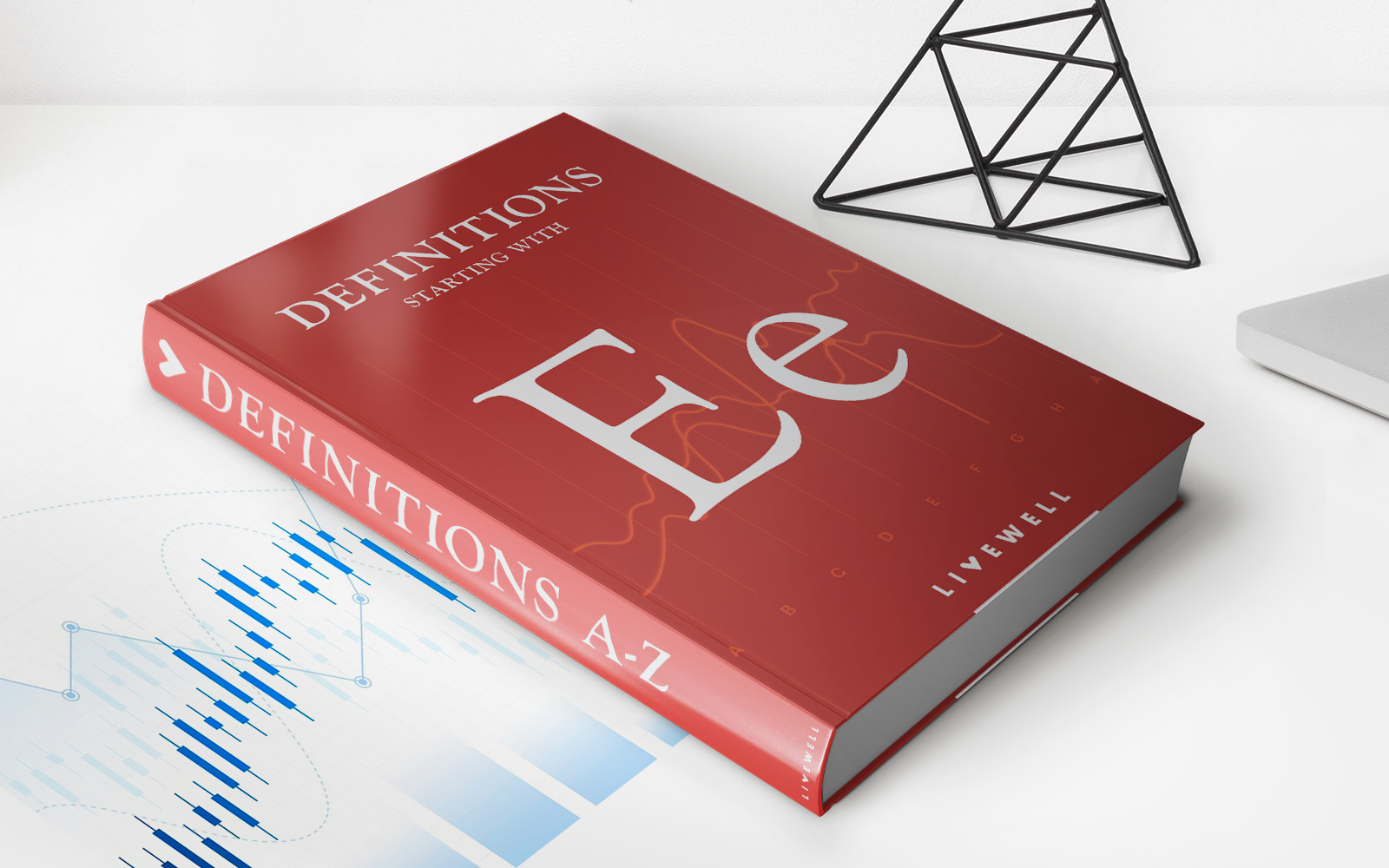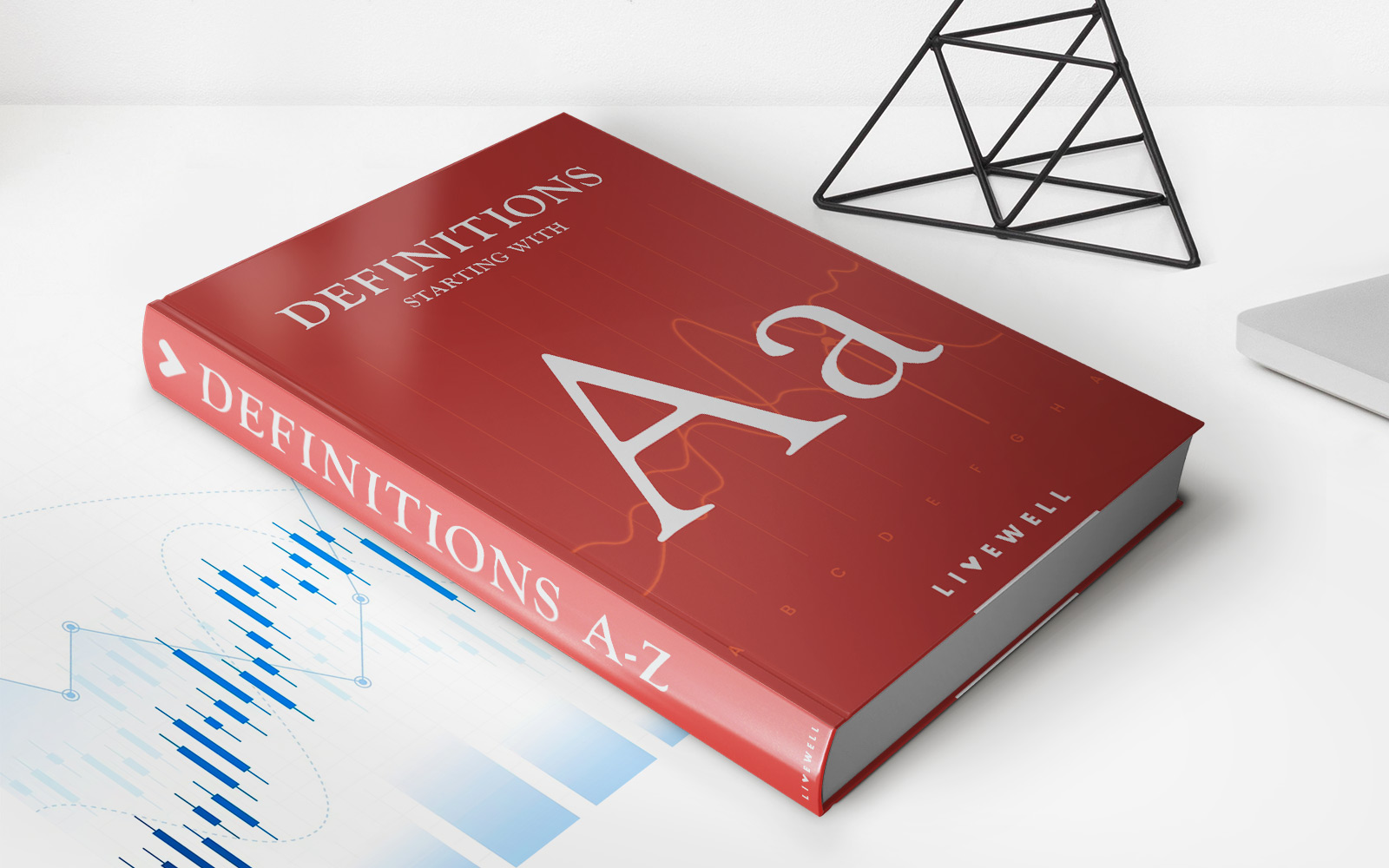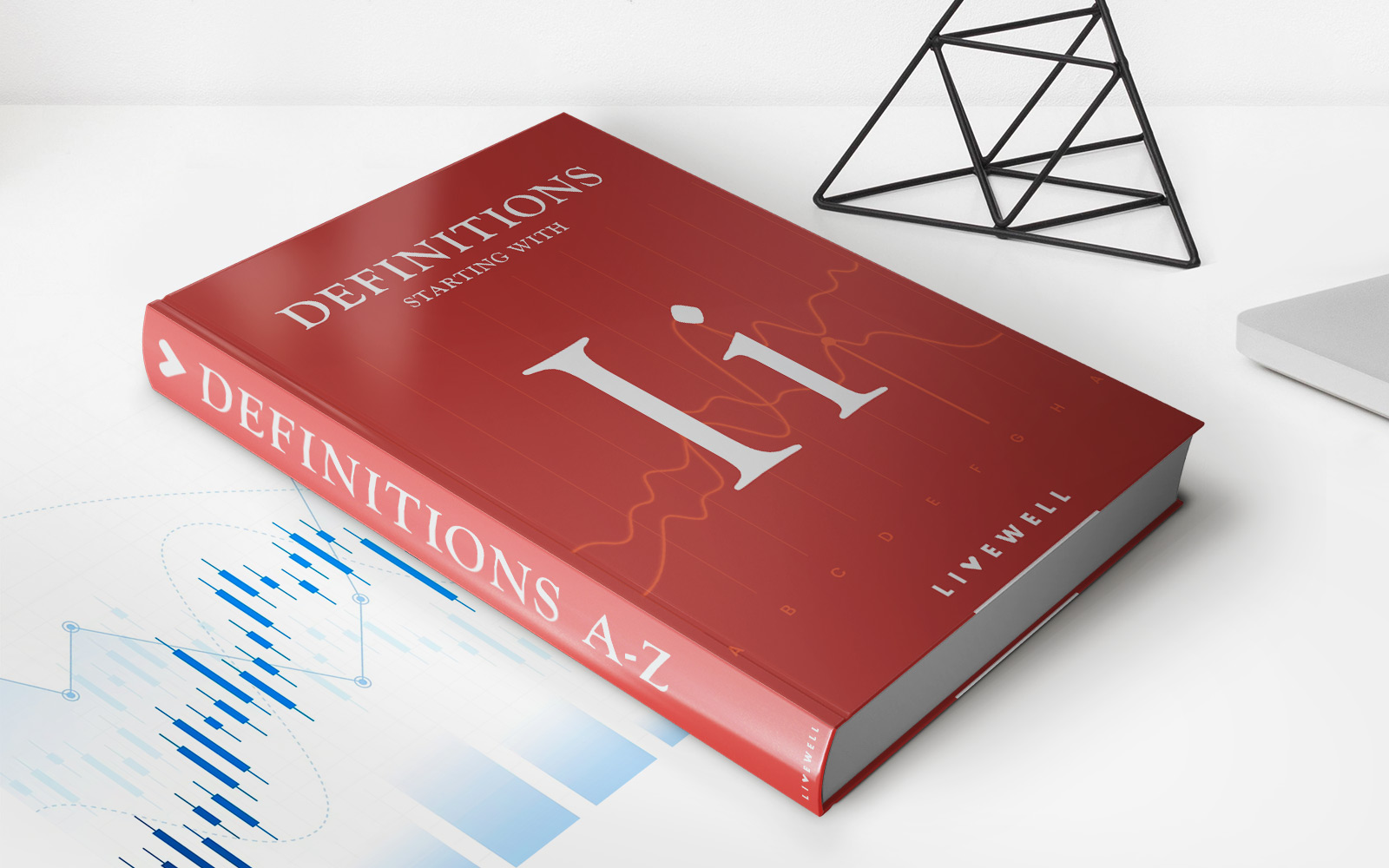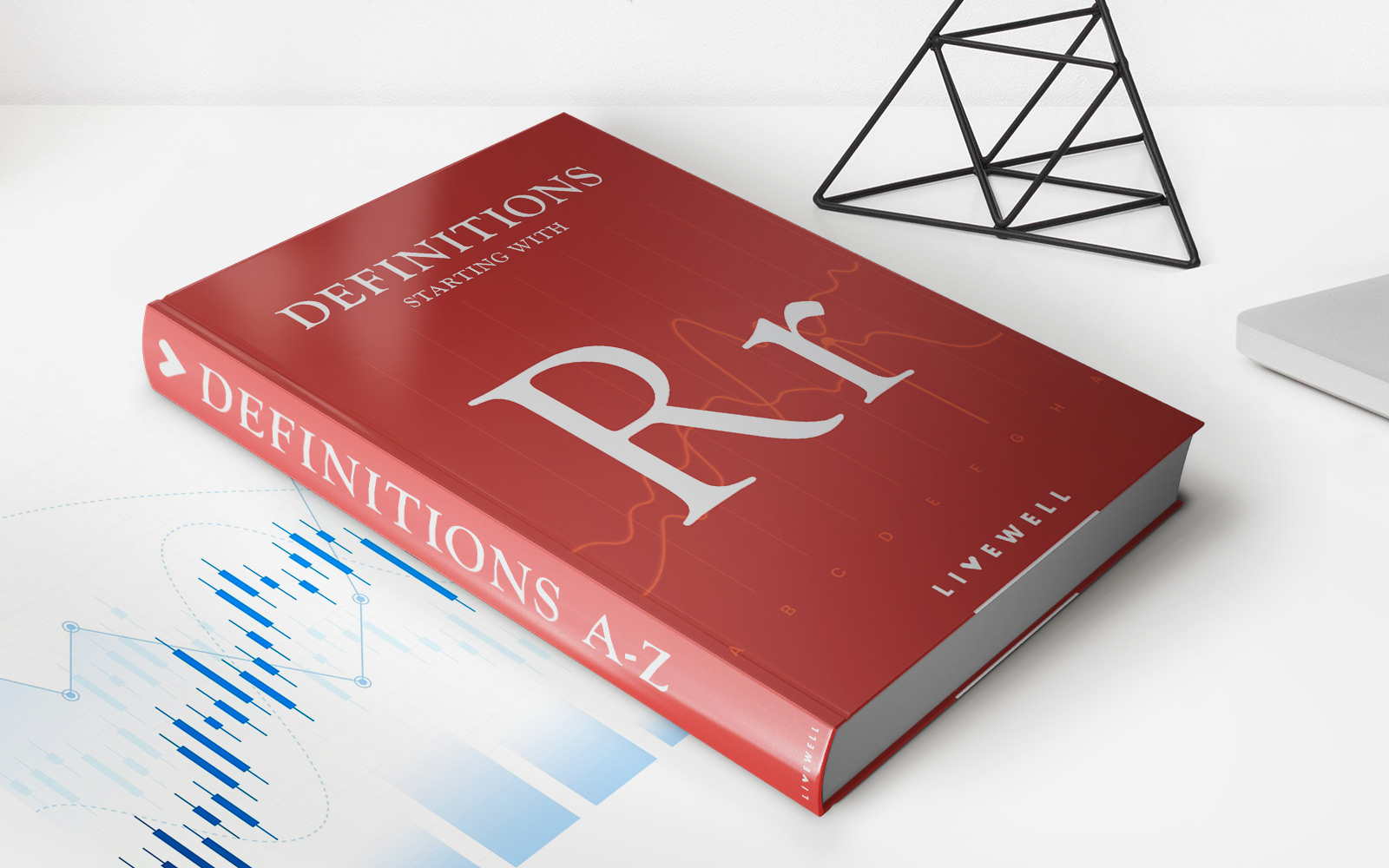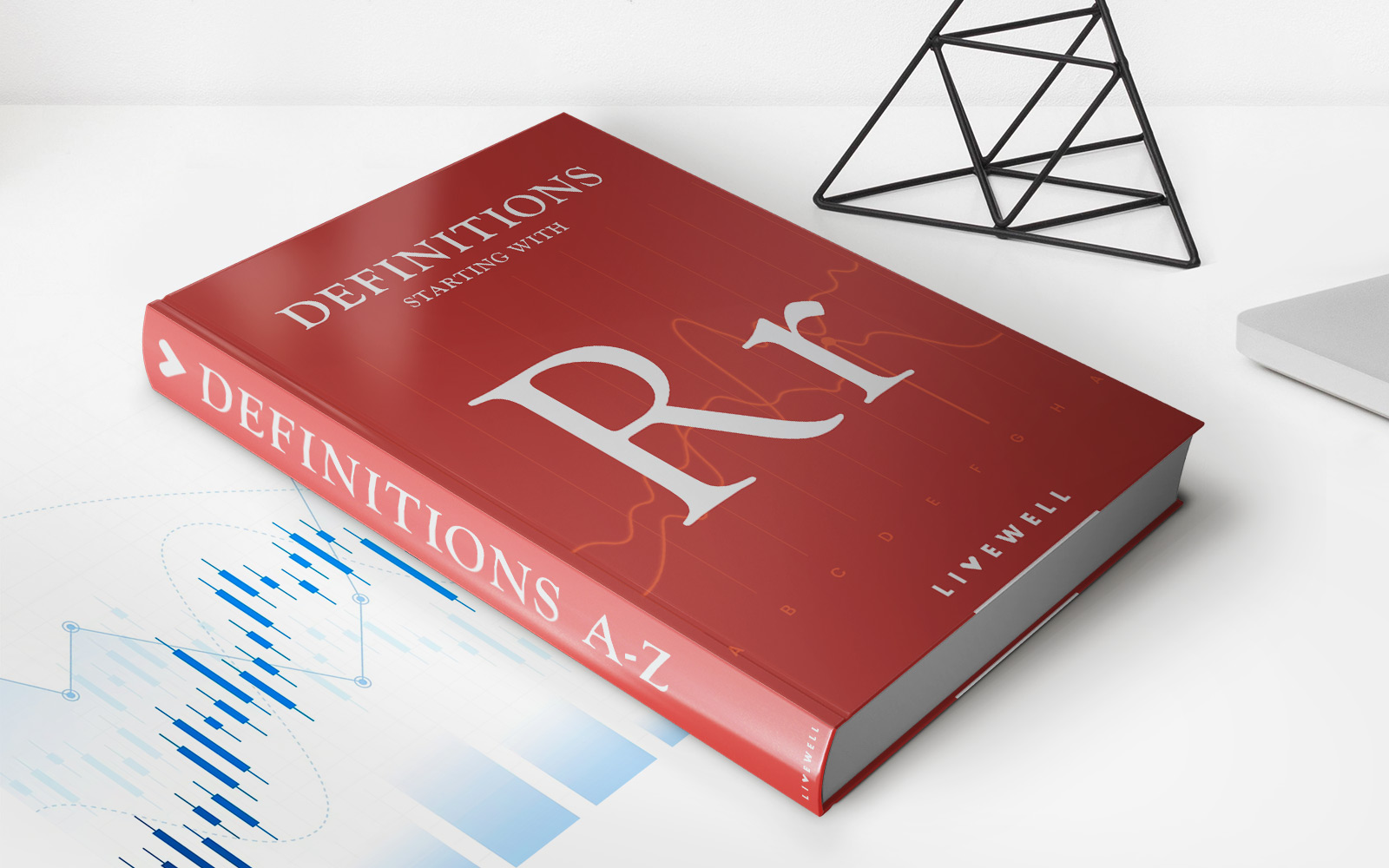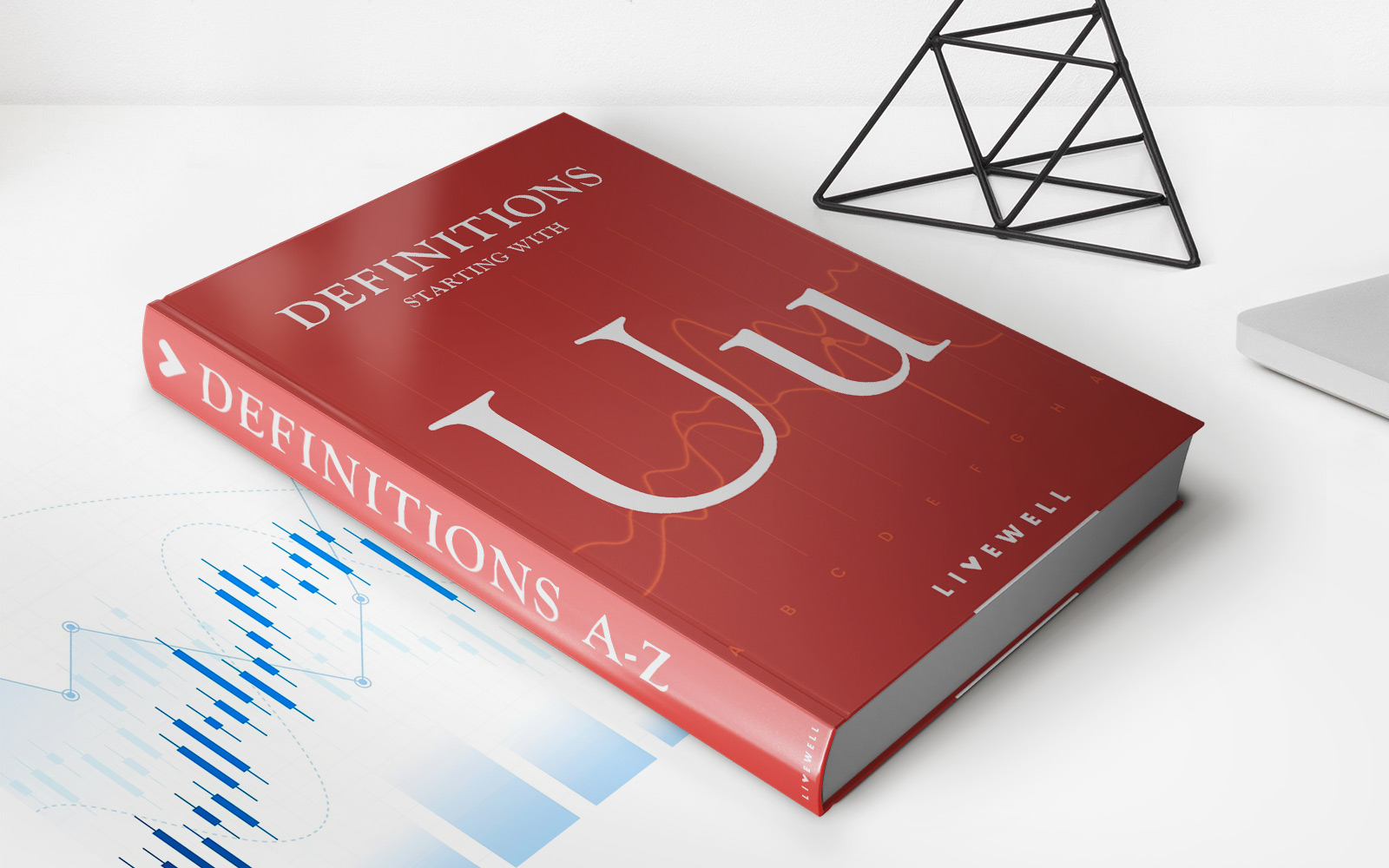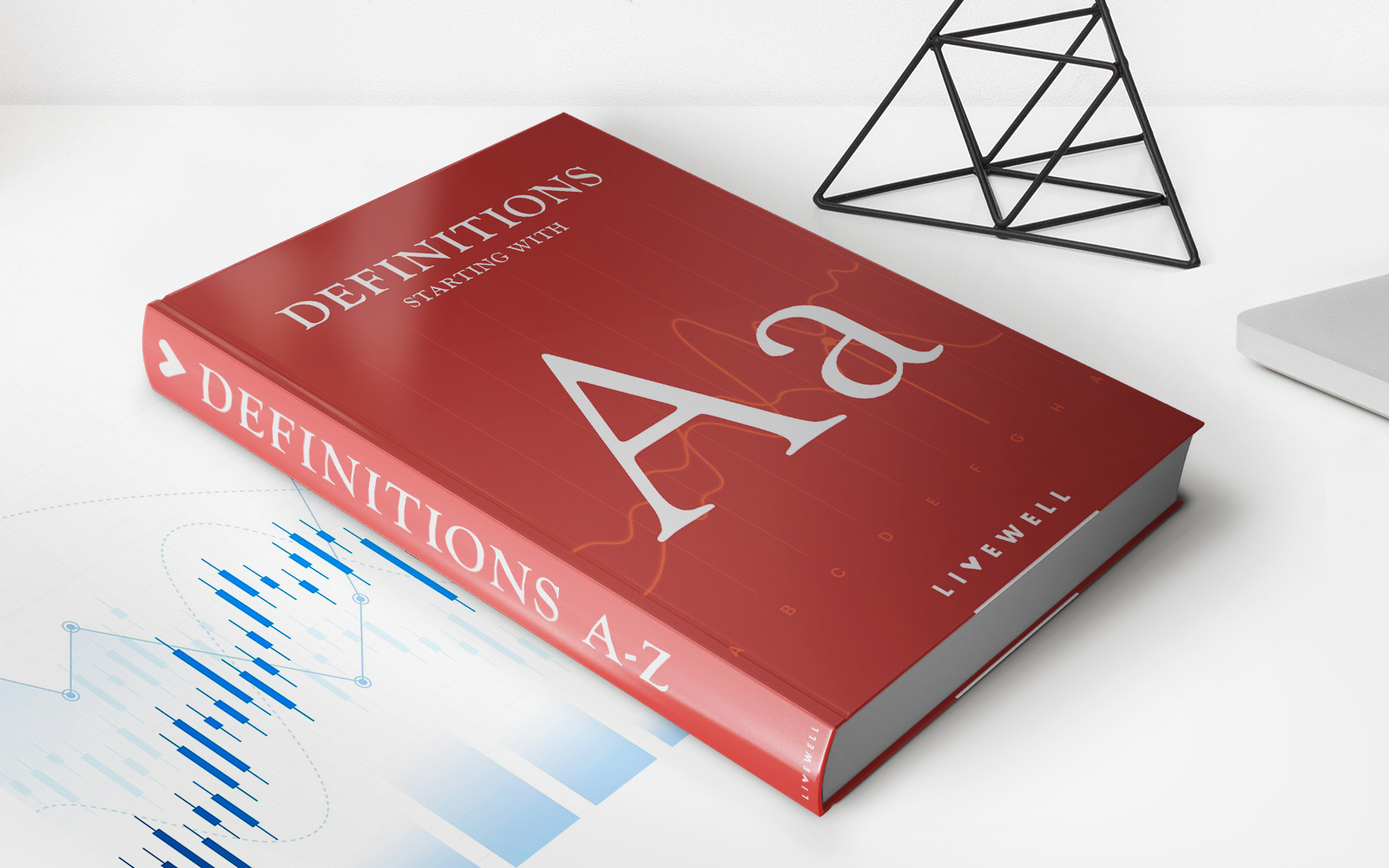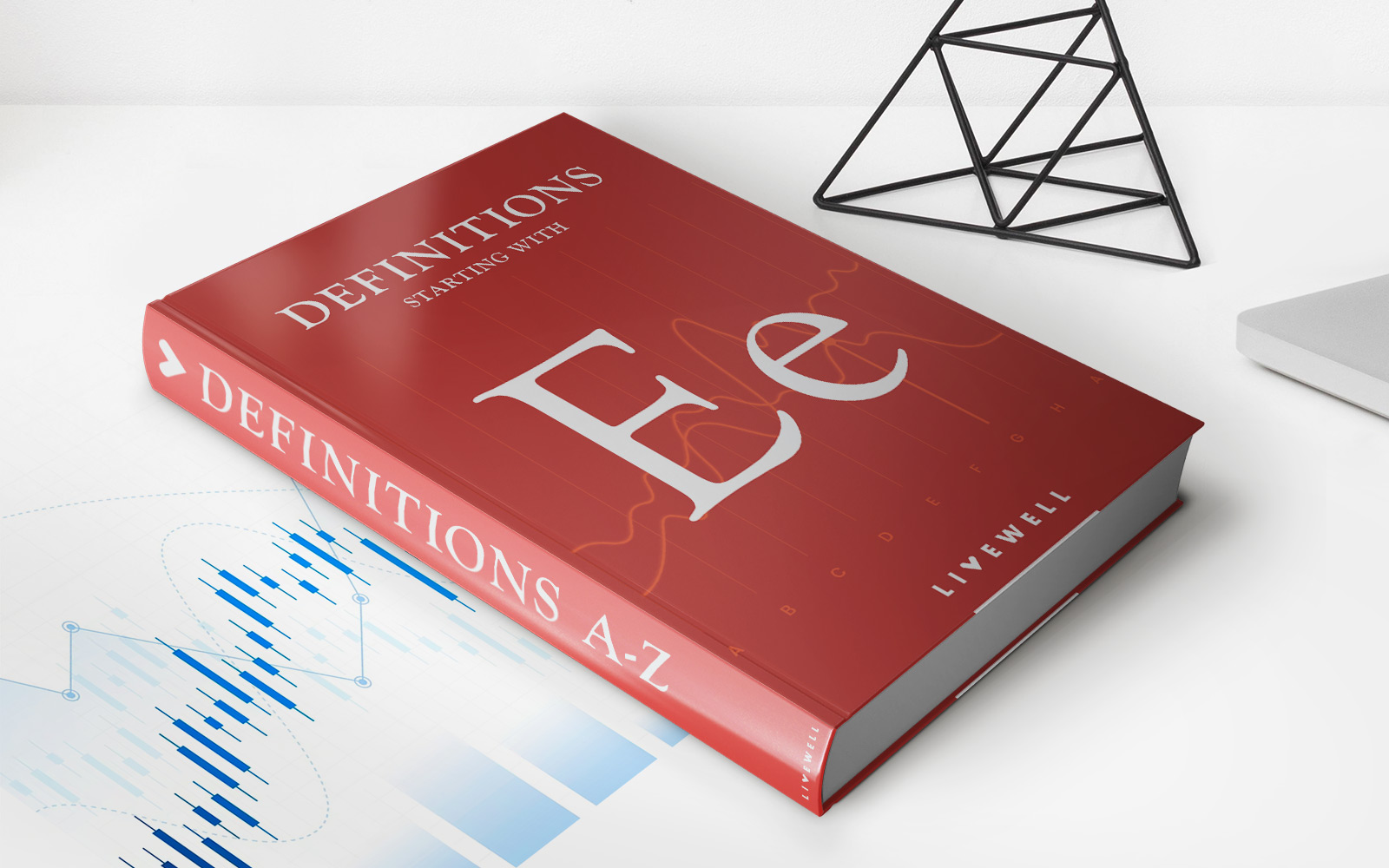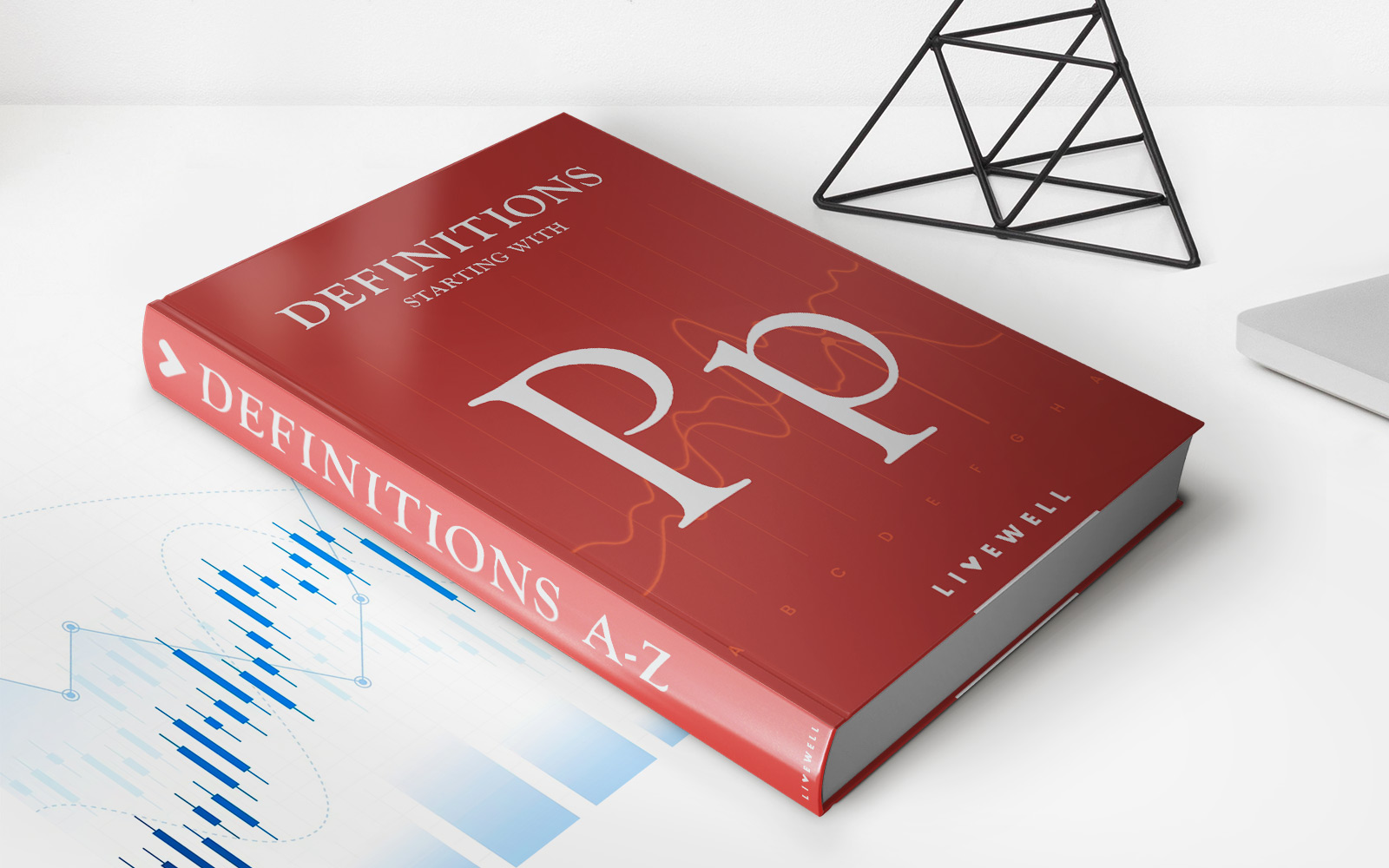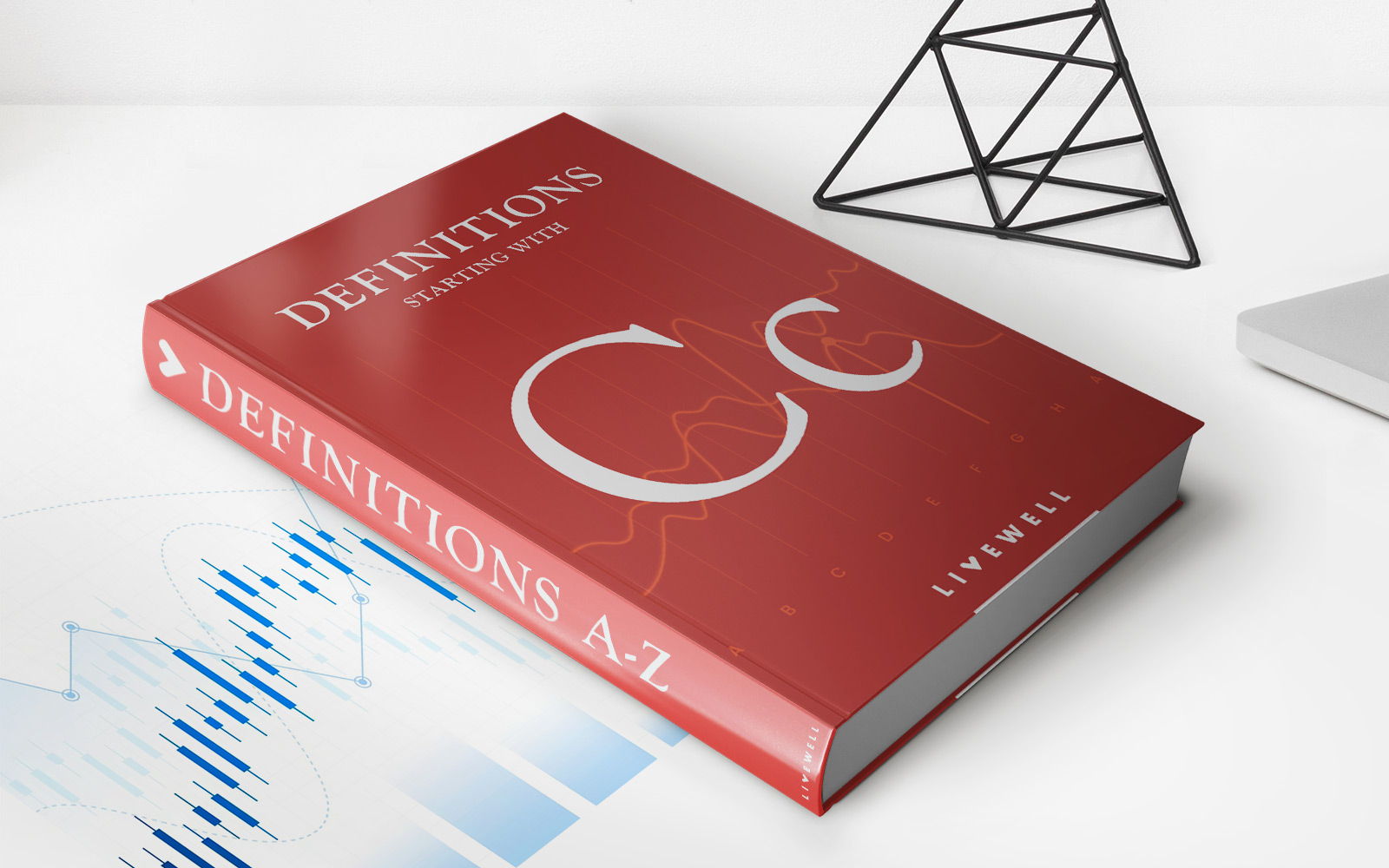Home>Finance>Retail Inventory Method: Definition, Calculation, And Example
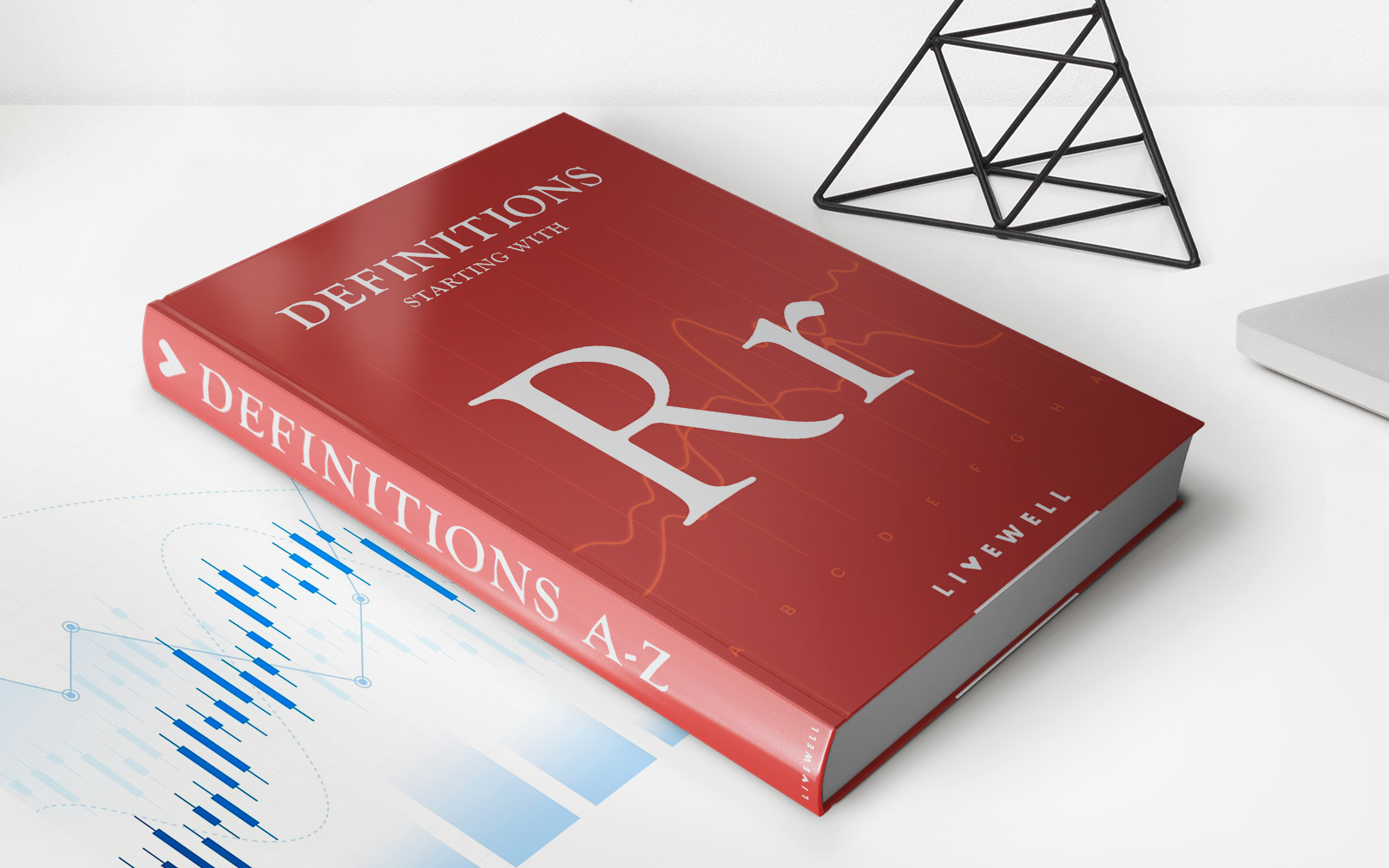

Finance
Retail Inventory Method: Definition, Calculation, And Example
Published: January 19, 2024
Learn the definition, calculation, and example of the Retail Inventory Method in finance. Master your understanding of inventory management and control.
(Many of the links in this article redirect to a specific reviewed product. Your purchase of these products through affiliate links helps to generate commission for LiveWell, at no extra cost. Learn more)
Retail Inventory Method: Definition, Calculation, and Example
Managing inventory is a critical aspect of running a successful retail business. It involves keeping track of stock levels, monitoring sales trends, and ensuring that products are available when customers need them. One popular inventory valuation method that retailers use is the Retail Inventory Method. But what exactly is the Retail Inventory Method, how is it calculated, and what does it mean for your business? In this blog post, we’ll dive into the details of this method to help you understand its importance and implementation.
Key Takeaways:
- The Retail Inventory Method is an inventory valuation technique used by retailers.
- It estimates the value of inventory on hand by applying a cost-to-retail ratio to the retail value of the remaining goods.
What is the Retail Inventory Method?
The Retail Inventory Method is a way to estimate the value of a retailer’s inventory at any given point in time. It is based on the concept that the cost of goods sold (COGS) can be calculated by applying a cost-to-retail ratio to the retail value of the remaining inventory. This method is particularly useful for retailers who have a large number of products with varying costs.
Using the Retail Inventory Method, you can calculate the cost of goods sold without having to physically count each individual item in your inventory. Instead, you use the retail selling prices and the appropriate cost-to-retail ratio to determine the cost of the goods you have sold during a specific period.
How is the Retail Inventory Method Calculated?
The Retail Inventory Method involves a few calculations to determine the value of inventory on hand and the cost of goods sold:
- Determine the retail value of the inventory at the beginning of the period. This includes the retail selling prices of all the products.
- Calculate the cost-to-retail ratio by dividing the total cost of the goods available for sale by the total retail value. This ratio represents the average percentage markup of your products.
- Multiply the retail value of the remaining inventory by the cost-to-retail ratio to find the estimated cost of goods on hand.
- Subtract the cost of goods on hand from the retail value of the beginning inventory to calculate the cost of goods sold.
By following these steps, you can estimate the value of your inventory and determine the cost of goods sold without undergoing a physical inventory count.
An Example of the Retail Inventory Method
Let’s say you run a clothing store, and at the beginning of the month, your inventory has a retail value of $50,000. You also have a total cost of goods available for sale during the month of $30,000.
After applying the cost-to-retail ratio of 60% (calculated by dividing $30,000 by $50,000), you find that the estimated cost of goods on hand is $30,000 multiplied by 0.60, which equals $18,000.
If the retail value of the beginning inventory is $50,000 and the cost of goods on hand is $18,000, you can subtract the cost of goods on hand from the retail value of the starting inventory to find the cost of goods sold, which is $32,000.
In Conclusion
The Retail Inventory Method is a valuable tool for retailers to estimate the value of their inventory without physically counting every item. By utilizing this method, you can calculate the cost of goods sold and make informed decisions about managing your inventory levels, pricing, and profitability.
Understanding the Retail Inventory Method and how to apply it can help you maintain accurate financial records and make strategic business decisions. By implementing this inventory valuation technique, you can optimize your inventory management and ensure the efficient operation of your retail business.
So, next time you’re evaluating your inventory, consider leveraging the Retail Inventory Method to simplify your calculations and maximize your bottom line.

